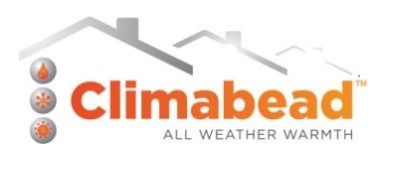U-value, R-value, and lambda value are all measures of thermal resistance or thermal conductivity used in building insulation.
U-value is a measure of how much heat is transferred through a material or building element such as a wall, roof or floor. It is expressed in units of watts per square meter per Kelvin (W/m²K). A lower U-value means that the material has better insulation properties and reduces the amount of heat loss through the building element.
R-value, on the other hand, is a measure of thermal resistance. It is the reciprocal of the U-value, expressed in units of square meter Kelvin per watt (m²K/W). A higher R-value indicates that a material has better insulation properties and can resist heat flow more effectively.
Lambda (λ) value, also known as thermal conductivity, is a measure of how easily a material conducts heat. It is expressed in units of watts per meter Kelvin (W/mK). A lower lambda value indicates that a material is a better insulator and reduces the rate of heat transfer through the material.
In summary, U-value measures the amount of heat that passes through a material, R-value measures the resistance of a material to heat flow, and lambda value measures how easily a material conducts heat. It is important to consider all three values when choosing insulation materials to ensure the best thermal performance for your building.




















